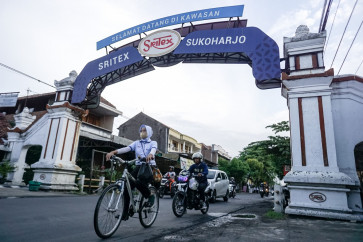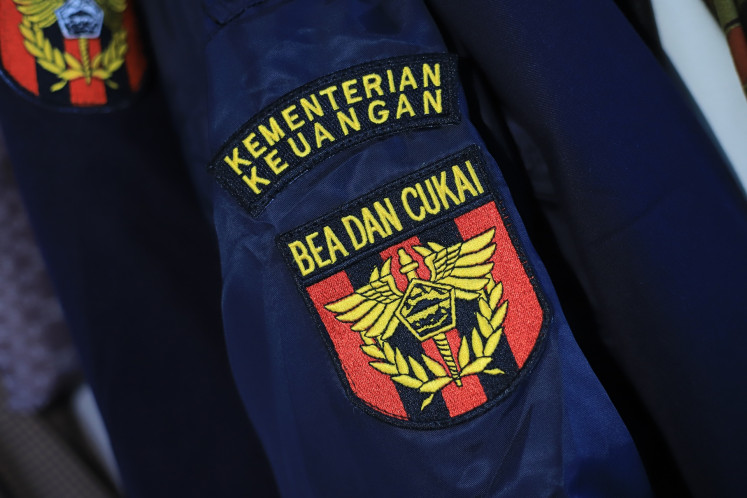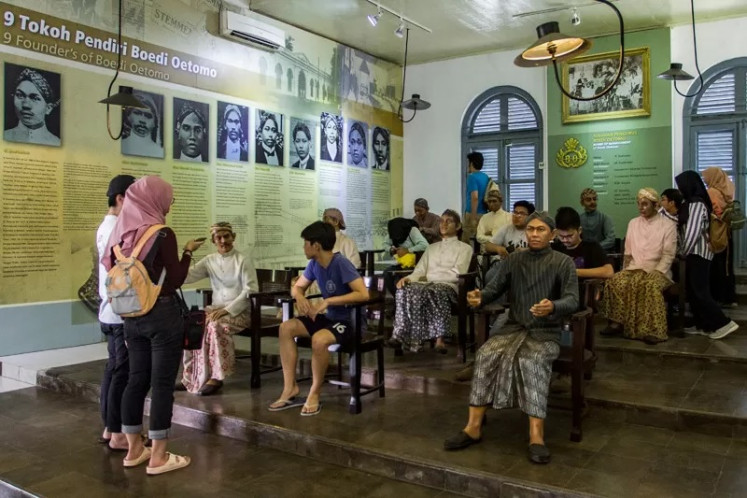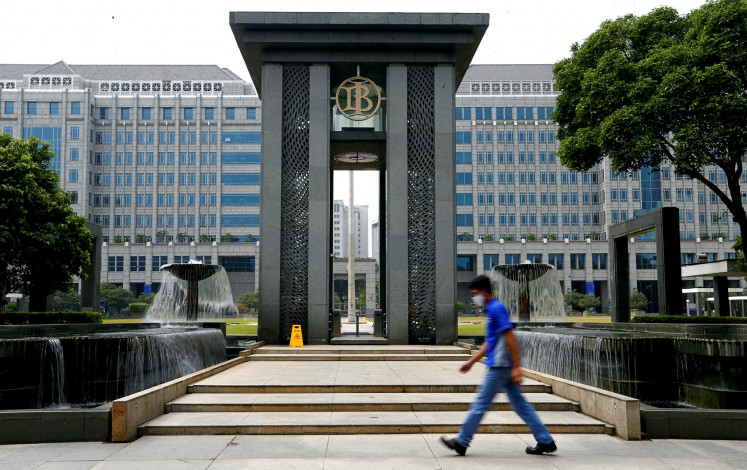Mt Baru Jari spews ash
Mt Baru Jari, Mt Rinjani's caldera, sprayed thick ash on Sunday, forcing the closure of the popular tourist destination in Lombok, West Nusa Tenggara
Change text size
Gift Premium Articles
to Anyone

M
t Baru Jari, Mt Rinjani's caldera, sprayed thick ash on Sunday, forcing the closure of the popular tourist destination in Lombok, West Nusa Tenggara.
"The first eruption happened on May 2 at about 4 p.m. It spread thick ash. Its status has been increased to alert. Hiking on Mt Rinjani has been suspended temporarily," Head of the province's mining, energy and mineral resources agency, Heriyadi Rachmat, told The Jakarta Post on Sunday.
Heriyadi disclosed the increasing activity of Mt Baru Jari was detected when four tremors hit on May 29.
He said his agency recorded four tectonic quakes in the area on the following morning, lasting between 70 seconds and 120 seconds each.
"The peak of the activity was on Saturday with four tremors and the eruption of thick ash," He explained.
Herriyadi said a team from the National Volcanology and Disaster Mitigation agency has hiked Mt Rinjani to monitor the crater.
He said Mt Baru Jari spread thick ash in 1944, 1966, 1994 and 2004. The frequent eruptions are believed resulted no gas accumulation and cannot lead to bigger explosions.
Mt Baru Jari, located 2,800 meters above sea level, is surrounded by Segara Anak lake, a popular destination for Mt Rinjani hikers.
Meanwhile, head of the Mt Rinjani National Park, Arief Toengkagie, said the park was officially closed as of Sunday.
Arief said his officers have asked about 50 hikers to come down from the mountain since Saturday.
"We started to close Sunday, when it will open again depends on the activity and the monitoring of the volcanology team," he said.
He said his officers have been deployed along three hiking routes: Sembalun in East Lombok, Senaru and Timbeno in West Lombok, to prevent hikers from entering the volcano area.
Arief said the Rinjani area was just opened in March after being closed to hikers for several weeks due to bad weather.
Mt Rinjani, 3,720 meters above sea level, is no longer active, but it's crater, Mt Baru Jari, is.
Mt Rinjani is the provinces iconic natural tourist destination. Every year an average of 9,000 people hike the mountain, 4,000 of them are foreign tourists, mostly from Australia, European and Asian countries.
The mountain is still being considered for geopark and world natural heritage status by the United Nations Educational, Scientific and Cultural Organization (UNESCO).
Besides Mt Baru Jari, several volcanoes in Indonesia have shown an increase in activities recently.
Mt Slamet in Central Java sprayed thick ash last week, covering the nearby regencies of Tegal and Purbalingga.
On April 24, Mt Anak Krakatau, located in the Sunda Strait, also showed increasing activity, with 237 small eruptions. This started on April 15, with 156 small explosion and 25 volcanic quakes.
Earlier last month, Mt Kerinci, the highest mountain in Sumatra, also sprayed ash, covering areas in the Kerinci regency of Jambi province. Small eruptions continued throughout the month.









